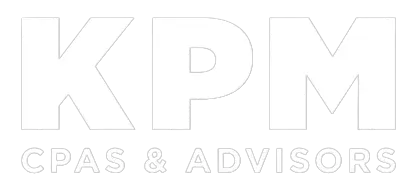In the early 1990s, the Balanced Scorecard approach to strategic planning was developed to enable business owners to better organize and visualize their objectives. With 2021 shaping up to be a year of both daunting challenges and potentially remarkable recovery, your company should have a strategic plan that is both comprehensive and flexible, so giving this methodology a try may prove beneficial.
Areas of Focus
The Balanced Scorecard approach segments strategic planning into four critical areas:
- Customers: Every business owner knows the importance of customer satisfaction but, to truly know and fulfill customers’ needs, you must identify the right metrics that measure it. Also identify the types of customers you want and, more important, can best serve.
Key question to ask: To fulfill our strategic objectives, how can we attract and retain the customers that build our bottom line?
- Finance: Companies generally know how to measure their financial performance. However, they too often rely on finances as the only barometer of overall operational stability and success. Financial details are often lagging indicators because they reveal past events — not future performance. So, along with continuing to properly generate financial statements, also track data such as employee productivity and sales growth.
Key question to ask: To achieve our vision, how will our leadership and employees drive our company’s financial success?
- Internal processes: To operate more productively and efficiently, identify problems and change the related processes. Simply paying closer attention to a shortcoming is not an adequate solution. For example, measuring productivity will not automatically increase it. Your business must analyze the internal components of production — from design to delivery to billing and receipt of revenue — and implement process improvements.
Key question to ask: To meet our goals, in which business processes do we need to excel?
- Learning and professional growth: Continuing education often calls for more time and effort than businesses are willing or able to devote. Learning must go beyond simply training new hires to include, for instance, mentoring and knowledge sharing through performance management programs. Many companies’ success depends largely on the development and preservation of intellectual capital.
Key question to ask: To accomplish our strategic plan, how can we better preserve and pass along knowledge, as well as encourage learning?
A Multipronged Effort
Compiling data under the Balanced Scorecard approach requires a multipronged effort. You might use a survey to gather customer info. Your financial statements and industry benchmarks should provide insights into finances. Employee surveys and open forums can illuminate internal operations, and a performance management consultant could help you target learning opportunities and methods.
We can assist you in identifying pertinent financial metrics and incorporating accurate analysis into your strategic plan to help you achieve your profitability goals in the coming year.

